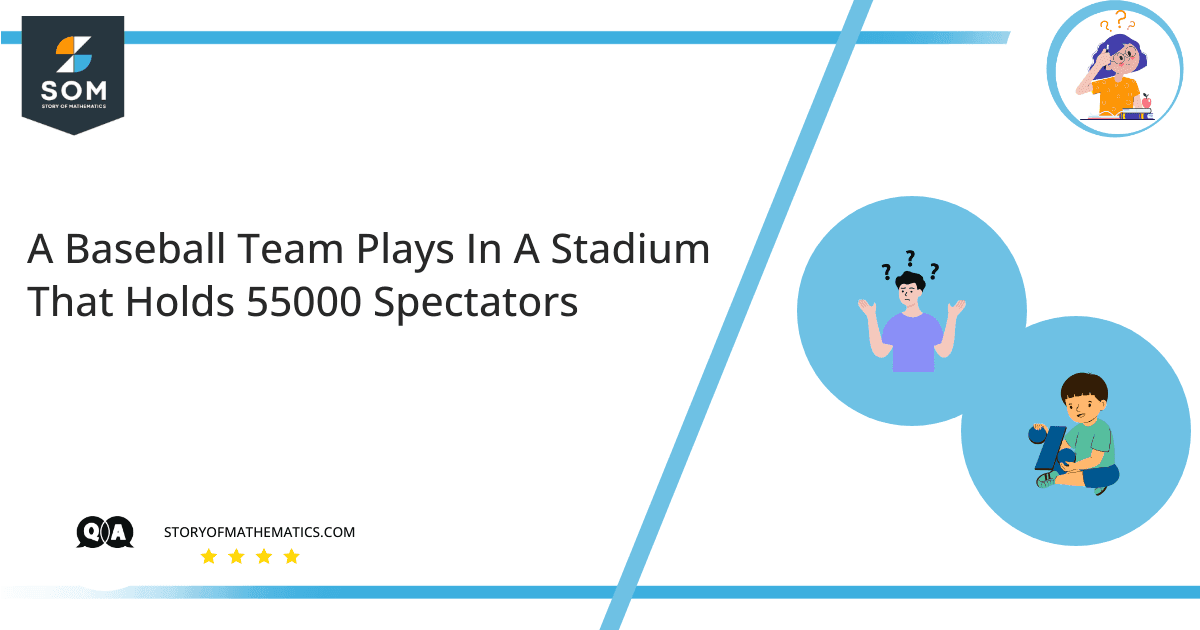
The main objective of this question is to find the maximum revenue for the given conditions.
This question uses the concept of revenue. Revenue is the sum of the average selling price multiplied by a number of units sold, which is the amount of money generated by a business’s typical operations.
Expert Answer
First, we have to find the demand function.
Let $p(x) $ be the demand function, so:
\[ \space p(27000) \space = \space 10 \]
\[ \space p(33000) \space = \space 8 \]
Now:
\[ \space (x_1, \space y_1) \space = \space (27000, \space 10) \]
\[ \space (x_2, \space y_2) \space = \space (33000, \space 8) \]
This represents the two points on the straight line, so:
\[ \space \frac{y_1 \space – \space y_2}{x_1 \space – \space x_2} \space = \space \frac{10 \space – \space 8}{27000 \space – \space 33000} \]
Now simplifying the above equation results in:
\[ \space – \frac{1}{3000} \]
Now the straight line equation is:
\[ \space y \space = \space 19 \space – \space \frac{1}{3000}x \]
Now we have to find the maximum revenue. We know that:
\[ \space p(x) \space = \space -\frac{1}{3000}x \space + \space 19 \]
\[ \space R(x) \space = \space x . \space p(x) \]
By putting values, we get:
\[ \space = \space 19 x \space – \space \frac{1}{3000}x^2 \]
Now:
\[ \space R” \space = \space 0 \space = \space – \frac{2}{3000}x \space + \space x \]
By simplifying, we get:
\[ \space x \space = \space 28500 \]
Thus:
\[ \space p(28500) \space = \space – \frac{1}{3000}(28500) \space + \space 19 \]
\[ \space = \space 9.50 \]
Numerical Answer
The ticket price should be set to $ 9.50 dollars $ in order to get the maximum revenue.
Example
In the above question, if the average attendance is reduced to 25,000 with a ticket price of 10, find the ticket price which should give maximum revenue.
First, we have to find the demand function.
Let $p(x) $ be the demand function, so:
\[ \space p(27000) \space = \space 10 \]
\[ \space p(33000) \space = \space 8 \]
Now:
\[ \space (x_1, \space y_1) \space = \space (25000, \space 10) \]
\[ \space (x_2, \space y_2) \space = \space (33000, \space 8) \]
This represents the two points on the straight line, so:
\[ \space \frac{y_1 \space – \space y_2}{x_1 \space – \space x_2} \space = \space \frac{10 \space – \space 8}{25000 \space – \space 33000} \]
Now simplifying the above equation results in:
\[ \space – \frac{1}{4000} \]
Now the straight line equation is:
\[ \space y \space = \space 19 \space – \space \frac{1}{4000}x \]
Now we have to find the maximum revenue. We know that:
\[ \space p(x) \space = \space -\frac{1}{4000}x \space + \space 19 \]
\[ \space R(x) \space = \space x . \space p(x) \]
By putting values, we get:
\[ \space = \space 19 x \space – \space \frac{1}{4000}x^2 \]
Now:
\[ \space R” \space = \space 0 \space = \space – \frac{2}{4000}x \space + \space x \]
By simplifying, we get:
\[ \space x \space = \space 38000 \]
Thus:
\[ \space p(38000) \space = \space – \frac{1}{4000}(38000) \space + \space 19 \]
\[ \space = \space 11.875 \]
Thus, the ticket price should be set to $ 11.875 $ to get the maximum revenue.
